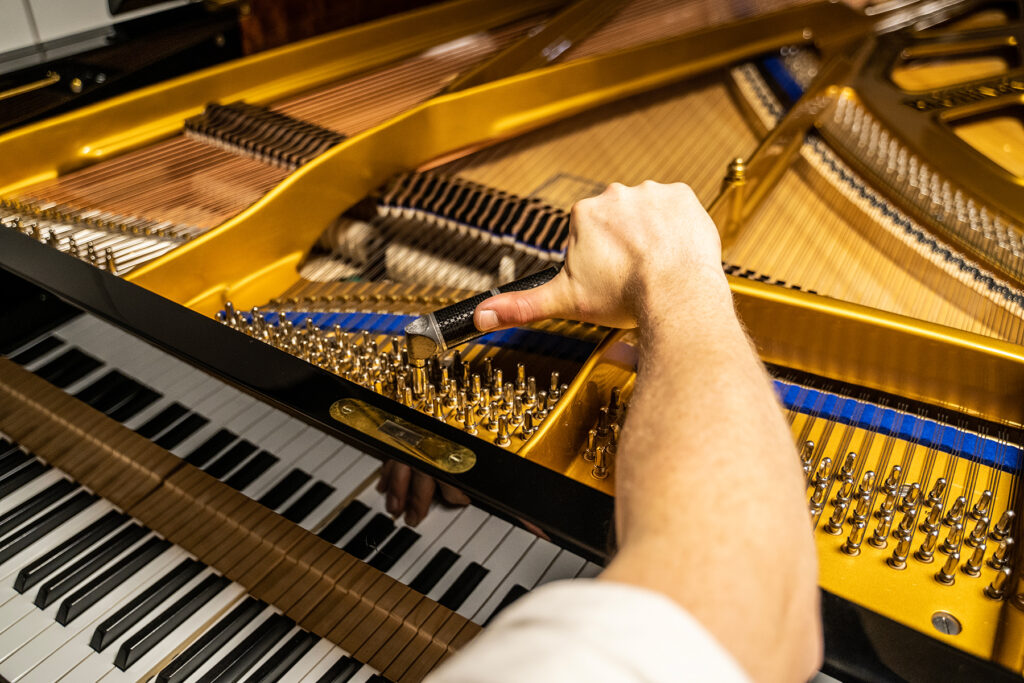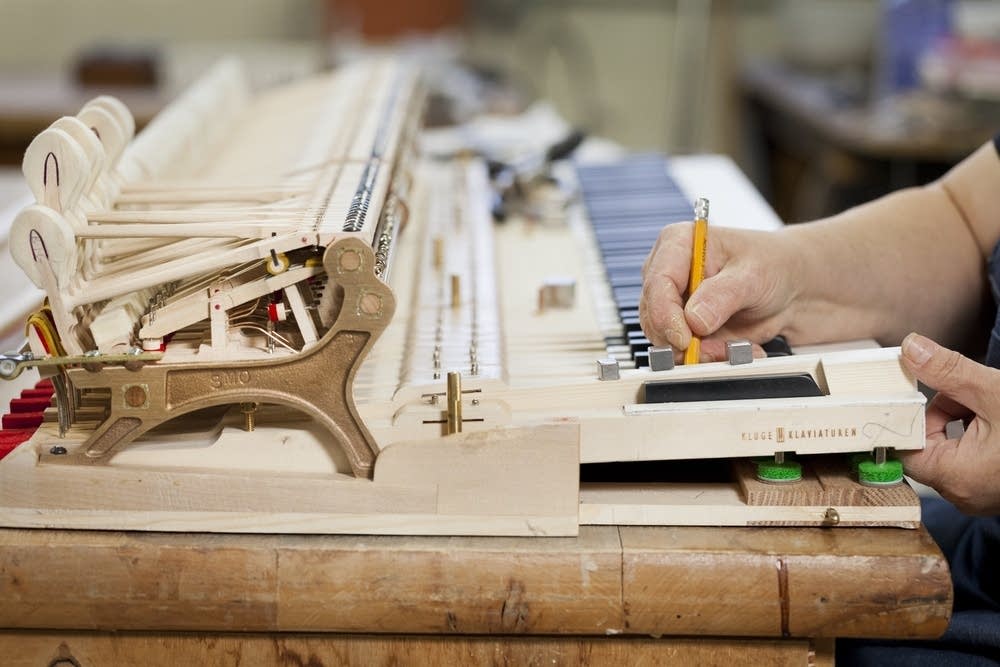Your piano is more than an instrument—it’s a centerpiece of your space and a reflection of your lifestyle. Whether you have a classic upright or a sleek grand piano, the outer appearance is just as important as the sound it produces. Over time, dust, sunlight, and everyday exposure can cause the piano’s finish to lose its charm. That’s why maintaining your piano’s finish is a key part of long-term piano care and overall piano maintenance.
Understanding Different Piano Finishes
Before diving into the process of maintaining piano finish, it’s important to understand what kind of finish your piano has. Most pianos come with either a satin, high-gloss, or open-pore finish. Each has its unique qualities and responds differently to cleaning products and polishing techniques. A satin finish has a soft sheen that doesn’t reflect light too sharply, while high-gloss finishes have a mirror-like shine that can easily reveal fingerprints and smudges. Open-pore finishes, often found on wood-textured pianos, require delicate attention.
Choosing the right method and piano polish for your specific piano finish ensures you don’t accidentally cause more harm than good. Using a cleaner that’s too abrasive or a cloth that’s not designed for delicate surfaces can lead to fine scratches or dull patches.

The Role of Regular Cleaning in Piano Maintenance
Routine cleaning is the first step in maintaining your piano’s finish. It may seem like a small task, but consistently wiping down the surface with a soft, lint-free cloth can prevent buildup of dust and debris that dulls the finish over time. Avoid using common household cleaners, as many contain chemicals that can damage the surface. Instead, opt for a dedicated piano polish or cleaner designed specifically for piano finishes. These products are formulated to clean without stripping away the natural oils or causing discoloration.
Keeping your piano clean goes beyond the surface. Dust can also find its way inside the piano’s components, affecting sound quality and playability. That’s why a full approach to piano maintenance includes both external and internal care.
How to Maintain a Piano Finish in Various Environments
One of the often-overlooked aspects of maintaining piano finish is the environment where the piano is placed. Exposure to direct sunlight, heat, and humidity can take a toll on the finish. Sunlight fades the outer coating, while fluctuating temperatures and moisture levels can cause warping or fine cracks. To minimize risk, place your piano away from windows, air vents, fireplaces, and exterior doors. If your piano is in a room with significant natural light, consider using curtains or UV-filtering window film.
Humidity levels also play a critical role in piano care. The ideal humidity range is around 40 to 50 percent. A hygrometer can help monitor indoor humidity, and a humidifier or dehumidifier can be used to regulate it. When you maintain a stable climate, you not only preserve the piano’s soundboard and strings but also contribute to maintaining the outer piano finish.

What to Do About Scratches and Minor Damages
Despite your best efforts, minor scratches or scuffs can happen. Whether it’s from jewelry, belt buckles, or accidental contact, surface imperfections are a part of piano ownership. If the scratch is shallow, a piano polish might be enough to buff it out. However, deeper marks may require the help of a piano technician who specializes in finish repair. Trying to repair deep scratches yourself can sometimes make the problem worse.
The best approach is preventive. Always wash your hands before playing and avoid placing objects like drinks, flower vases, or picture frames on top of the piano. A decorative cloth can be used on the lid when the piano is not in use, but it should be light and breathable to avoid trapping heat or moisture.
Cleaning Techniques for Long-Term Piano Care
Knowing how to maintain a piano also means knowing how to clean it properly. Begin with a dry, microfiber cloth to remove dust. Move gently in straight lines instead of circular motions, especially on high-gloss finishes to avoid visible swirl marks. If the piano needs more than dusting, slightly dampen the cloth with distilled water or a specialized piano cleaner. Make sure the cloth is just damp and not wet to prevent any moisture from seeping into the wood.
When applying piano polish, use it sparingly. A small amount goes a long way. Over-polishing can lead to buildup that attracts even more dust. Typically, a polish application every few months is enough, depending on the piano’s exposure and usage.
Long-Term Strategies for Maintaining Piano Beauty
Maintaining your piano’s finish is not just about appearance—it also reflects the overall health of the instrument. A well-maintained exterior usually signals an equally cared-for interior. That’s why owners should build a habit of routine cleaning and schedule professional inspections at least once a year.
It’s also helpful to rotate the piano’s positioning slightly every few months if it’s in a well-lit area, allowing even exposure to ambient light. This helps prevent uneven fading, particularly on darker finishes. Investing in a quality piano cover for times when the instrument is not being used for extended periods also protects against dust and potential accidental damage.

Why Choose Us
At TX Pianos, we understand the bond between you and your instrument. Our services are built around precision, care, and a deep respect for craftsmanship. Whether you’re looking for advice on how to maintain a piano or you need help with expert, we’ve got the expertise to keep your instrument sounding and looking its best. With years of experience and a local presence, we’re proud to support piano owners across Texas in preserving the life and beauty of their pianos. Choosing us means choosing trust, reliability, and a partner that treats your piano like our own.
Preserving the Finish Is Part of Preserving the Music
The shine of your piano is more than just surface-deep. It reflects the care, attention, and love you invest in your musical journey. While many focus on tuning and mechanical performance, piano finishes deserve equal attention. A well-maintained finish enhances the room, adds elegance, and protects your investment for years to come.
Regular piano maintenance doesn’t have to be complicated. With the right habits, products, and professional help when needed, your piano can retain its original luster and charm for generations. Knowing how to maintain a piano the right way ensures that every time you sit down to play, you do so with pride—not only in the music but in the instrument itself.
Contact us today to schedule a piano care consultation with TX Pianos.